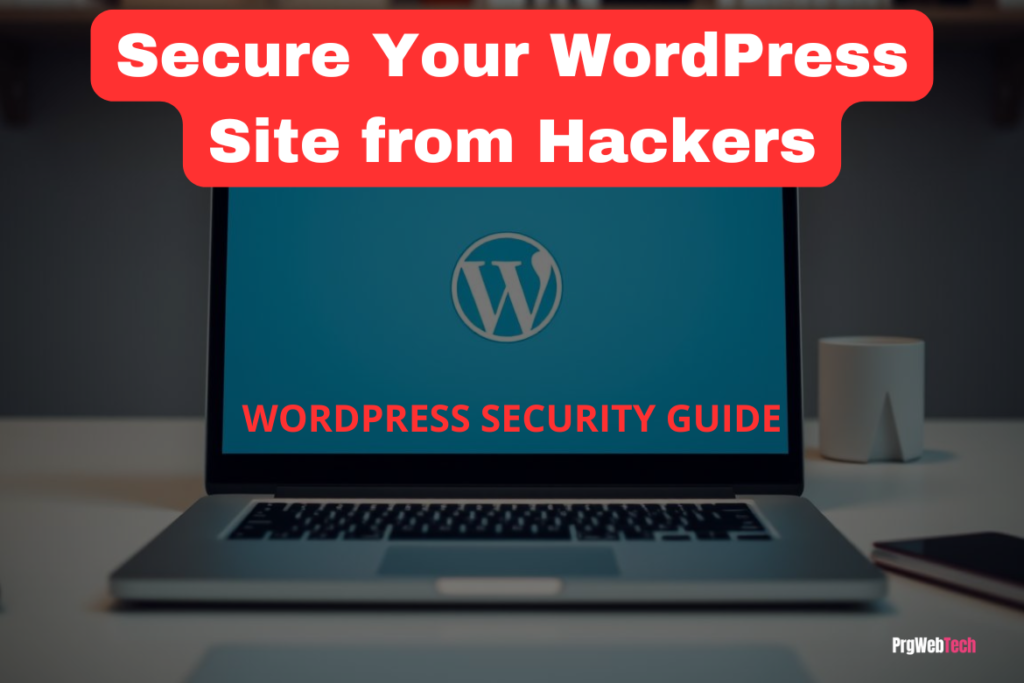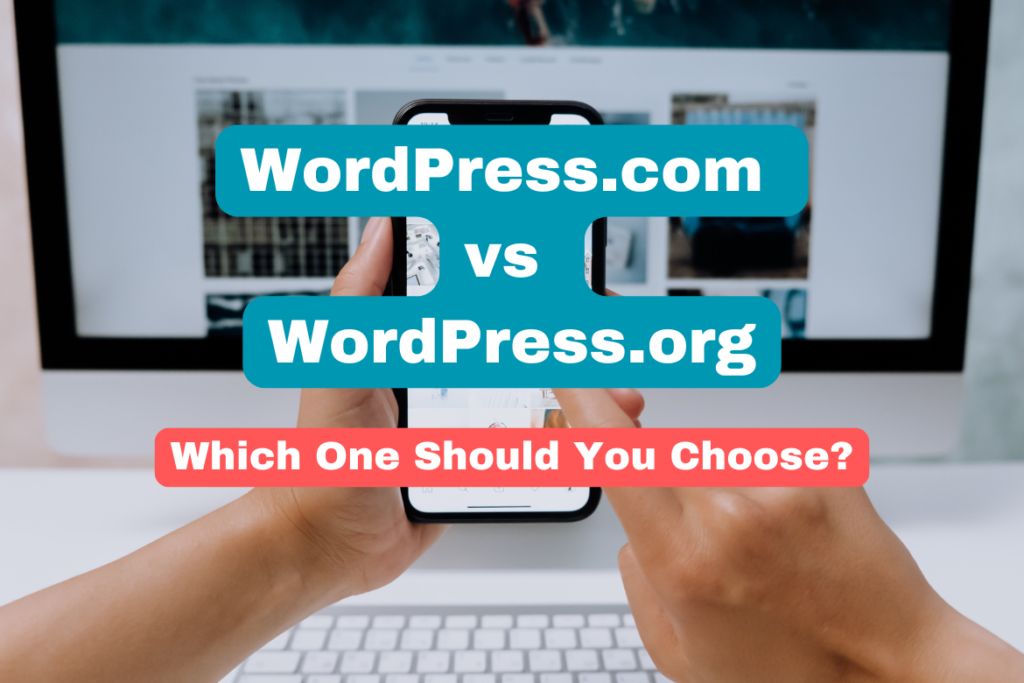Ever wonder what happens if your WordPress site gets hacked? With cyber threats growing, it’s vital to know about wordpress security guide and best practices. I’ll share tips to keep your WordPress site safe from hackers, including using plugins like Hide My WP – Amazing Security Plugin for WordPress!
Introduction to WordPress Security
In this article, I’ll explain why securing your WordPress site is crucial. I’ll introduce you to wordpress security guide and best practices. This guide is for everyone, from beginners to experienced users. It will show you how to protect your site from hackers.
Key Takeaways
- Understanding the importance of wordpress security guide and wordpress security best practices
- Learning how to use plugins like Hide My WP – Amazing Security Plugin for WordPress!
- Discovering the essential steps to secure your WordPress site
- Exploring the benefits of prioritizing wordpress security best practices
- Getting started with a comprehensive wordpress security guide
Why WordPress Security Should Be Your Top Priority
As a WordPress website owner, I’ve learned that security is not just a concern, it’s a necessity. With the rise of cyber attacks and hacking, it’s essential to prioritize wordpress security tips to protect your site from potential threats.
One of the most effective ways to secure your WordPress website is to use a reliable security plugin, such as Hide My WP – Amazing Security Plugin for WordPress!. This plugin provides an additional layer of protection against common security threats, giving you peace of mind and ensuring your site remains safe.
Common WordPress Security Threats
- Malware and viruses
- Brute-force attacks
- SQL injection
The Real Cost of a WordPress Hack
A hacked WordPress site can result in significant financial losses, damage to your reputation, and loss of customer trust. To avoid these consequences, it’s crucial to learn how to secure your wordpress website and take proactive measures to protect your site.
Security Statistics You Can’t Ignore
| Statistic | Percentage |
|---|---|
| Websites hacked due to weak passwords | 60% |
| Websites infected with malware | 40% |
Understanding WordPress Security Fundamentals
Exploring WordPress security, I see how wordpress security plugins are key. They shield my site from threats and vulnerabilities. It’s vital to grasp their role in site security.
WordPress security plugins offer several benefits. They include:
- Scanning for malware and viruses
- Protecting against brute-force attacks
- Monitoring user activity and login attempts
Using wordpress security plugins greatly lowers hacking risks. It’s crucial to pick a trusted plugin. It should be updated regularly and have positive reviews.
In summary, wordpress security plugins are essential for WordPress security. Knowing their function and selecting the right one secures my site against threats.
Essential First Steps to Secure Your WordPress Website
Securing your WordPress site is crucial. A detailed wordpress security checklist is key to cover all security bases. You need to think about your hosting, SSL certificate, and admin login details.
Choosing a Secure Hosting Provider
Choosing a secure hosting provider is the first step. Look for one with strong security features like firewalls and malware scans. Bluehost, SiteGround, and WP Engine are good options.
Setting Up an SSL Certificate
An SSL certificate is vital for safe data transfer. It also improves your site’s search ranking. You can get one from your host or a service like Let’s Encrypt.
Creating Strong Admin Credentials
Strong admin passwords are key. Mix letters, numbers, and symbols for a strong password. A password manager keeps your passwords safe.
By following these steps, your WordPress site will be safer. Always check and update your security checklist. For better security, try a plugin like Hide My WP – Amazing Security Plugin for WordPress!
The Power of WordPress Security Plugins
As a WordPress user, protecting my site is crucial. WordPress security plugins are a great way to do this. They offer many features to boost my site’s security.
Choosing the right plugin can be hard. But, Hide My WP – Amazing Security Plugin for WordPress is a top choice. It has many features to keep your WordPress site safe from attackers.
Introducing Hide My WP Security Plugin
Hide My WP is a strong plugin with many security features. It includes malware scanning, firewall protection, and login security. These features stop common threats like brute-force attacks and malware.
Key Features and Benefits
- Malware scanning to detect and remove malware
- Firewall protection to block suspicious traffic
- Login security to prevent brute-force attacks
Installation and Setup Guide
To start with Hide My WP, just install and activate it on your WordPress site. Then, adjust the plugin’s settings to fit your needs. It also has customization options to match your security needs.
Hardening Your WordPress Login Process
To keep your WordPress website safe, hardening your login process is key. A secure login is your first defense against hackers. It’s a vital part of WordPress website security. A good WordPress security guide will help you create a strong login system.
Here are some tips to strengthen your WordPress login:
- Use strong and unique passwords for all user accounts
- Limit login attempts to prevent brute-force attacks
- Implement two-factor authentication to add an extra layer of security
By using these tips, you can make your WordPress login much more secure. A secure login is just one part of a full WordPress security guide. Always keep an eye on your site’s security to keep it safe.
A secure WordPress site is not just about protecting your content, it’s about protecting your users and your reputation. By prioritizing WordPress website security and following a comprehensive WordPress security guide, you can ensure the long-term success and integrity of your online presence.
Implementing Two-Factor Authentication
To make your WordPress site more secure, consider using two-factor authentication (2FA). This adds a layer of protection to the login process. It makes it harder for hackers to get into your site.
When securing your WordPress website, 2FA is key. There are many 2FA methods to pick from, like:
- Authy
- Google Authenticator
- Microsoft Authenticator
Setting Up 2FA on Your Site
Setting up 2FA on your WordPress site is easy. You can use a plugin like WP 2FA or Two Factor Authentication. Just install and activate it, then follow the setup for each user.
By doing this, you greatly enhance your WordPress site’s security. It helps protect it from threats.
Popular 2FA Methods
Popular 2FA methods include SMS, authenticator apps, and U2F keys. Choose based on your security needs and user convenience.
| 2FA Method | Description |
|---|---|
| SMS-based authentication | Users get a code via SMS to enter during login |
| Authenticator apps | Users scan a QR code to get a time-based code for login |
| U2F keys | Users insert a physical key to authenticate during login |
Database Security Best Practices
Securing my WordPress site is a top priority, and protecting my database is key. Regular backups are essential to keep my data safe in case of a breach. Using wordpress security plugins helps automate this and adds extra protection.
A good wordpress security checklist includes regular updates and backups. This can be done manually or with security plugins. It’s also vital to limit database access and use strong passwords to block unauthorized access.
Some top database security tips are:
- Regularly update the database and plugins
- Limit access to the database
- Use strong passwords and authentication
- Watch the database for any odd activity
By sticking to these tips and using wordpress security plugins, I keep my database safe. Regular backups and updates are crucial for my WordPress site’s security and integrity.
File Permissions and Server-Level Security
Securing your WordPress site is key, and file permissions and server security play a big role. These steps help block unauthorized access to your site’s files and database. This reduces the chance of a hack. It’s vital to know about file permission codes and set up the right file access.
Securing your WordPress site needs careful attention. File permissions are a big part of this. By setting up proper file access, you stop hackers from getting to sensitive files and data. Using a security plugin can help you manage file permissions and keep your site safe.
Understanding File Permission Codes
File permission codes show who can access a file or directory. They are numbers that tell us the access level. Knowing these codes lets you set up file permissions to keep sensitive files safe from unauthorized access.
Configuring Proper File Access
Setting up the right file access is crucial for your WordPress site’s security. A security plugin can help with this. It ensures only approved users can get to sensitive files and data. This step helps block unauthorized access and lowers the risk of a hack, keeping your site safe.
Regular Backup Strategies That Actually Work
Regular backups are key to wordpress website security. A good backup plan is the heart of any wordpress security guide. Backups act as a safety net when your site is hacked or data is lost.
To make a solid backup plan, follow these tips:
- Use a trusted backup plugin to automate the process
- Keep backups in a safe, off-site spot
- Check backups often to make sure they work
A good backup plan is vital for keeping your site safe and running smoothly. By using these tips and adding them to your wordpress security guide, you can guard your site against threats and cut down on downtime.

But remember, a solid backup plan is just part of a full wordpress security guide. Mixing backups with other security steps keeps your site safe and ready for any danger.
| Backup Strategy | Benefits |
|---|---|
| Automated backups | Easy, less chance of mistakes |
| Off-site storage | Safe from site hacks, data loss |
| Regular testing | Guarantees backups are good and work |
Monitoring Your WordPress Site for Security Threats
As a WordPress site owner, it’s crucial to watch out for security threats. Using wordpress security tips and best practices is key. This helps protect your site from hackers and harmful activities.
To keep an eye on your site, consider a security plugin with real-time monitoring. It can spot threats early. Tools like malware scanners and vulnerability detectors are also useful.
Here are some important features to look for in a security plugin:
- Real-time monitoring and alerts
- Automated malware scanning and removal
- Vulnerability detection and patching
- Firewall protection
By following these tips and best practices, you can safeguard your site. Always be alert and check your site often for security risks.
Understanding security logs is also key to spotting threats. Analyzing these logs can give you insights into your site’s security. This helps you make better decisions to enhance it.
| Security Threat | Description |
|---|---|
| Malware | Malicious software that can harm your site and its visitors |
| Vulnerabilities | Weaknesses in your site’s code that can be exploited by hackers |
| Brute Force Attacks | Repeated login attempts to guess your site’s password |
WordPress Security Guide for Advanced Users
If you’re an experienced WordPress user, you know the basics of keeping your site safe. But to really boost your security, you should dive into custom rules and advanced plugin settings. Learning these advanced methods is key to how to secure your wordpress website.
Custom Security Rules
Custom security rules let you fine-tune your site’s protection to fit your needs. You can block certain IP addresses, limit access to parts of your site, and even create unique login pages. With the right wordpress security plugins, setting up these rules is easy.
Advanced Plugin Configurations
To maximize your WordPress security plugins, it’s important to know their advanced settings. This includes enabling two-factor authentication, setting up security headers, and keeping an eye on your site’s activity logs. Learning these settings can greatly enhance your site’s security and protect it from threats.
By following these advanced security tips and using the best wordpress security plugins, you can keep your WordPress site safe. Always keep up with the latest security tips and plugin settings to safeguard your website.
Recovery Plan: What to Do If You Get Hacked
As a wordpress site owner, it’s key to have a recovery plan ready for when your site gets hacked. A detailed wordpress security checklist is vital for preparation. Keeping your wordpress site secure is a continuous effort, and being ready for emergencies is crucial.
If your site gets hacked, acting fast is crucial to limit the damage. Here are some steps to follow:
- Assess the damage: Find out how bad the hack is and what data is lost.
- Notify your hosting provider: Tell your hosting provider about the hack. They can assist with the next steps.
- Use backups: Use a recent backup to fix the damage from the hack.
- Update and patch: Make sure your wordpress site, plugins, and themes are up to date with the latest security patches.
Securing your wordpress site is a continuous task. Having a recovery plan helps you act quickly and effectively if your site gets hacked. By following a detailed wordpress security checklist, you can keep your site safe and reduce the risk of a hack.

Remember, securing your wordpress site is an investment in your online business. By taking proactive steps to protect your site, you can keep your business running smoothly and maintain your reputation.
| Recovery Step | Description |
|---|---|
| Assess the damage | Determine the extent of the hack and what data has been compromised. |
| Notify your hosting provider | Inform your hosting provider about the hack, and they can help you take necessary actions. |
| Use backups | Restore your site from a recent backup to undo the damage caused by the hack. |
Maintaining Long-term WordPress Security
To keep my WordPress website safe, I need to take several steps. I focus on regular security checks and keeping my site updated. This helps prevent hackers from getting in.
Regular security audits are key to finding and fixing security issues. I pay close attention to a few important areas during these checks. These include:
- Updating plugins and themes to prevent exploitation of known vulnerabilities
- Monitoring user accounts and access levels to prevent unauthorized access
- Reviewing security logs to detect and respond to potential security incidents
Regular Security Audits
Regular security audits keep my WordPress website secure. They help me find and fix security problems before they become big issues. This way, I can keep my site safe from hackers.
Update Management Strategy
Having a good update plan is essential for my WordPress website’s security. I make sure to update my plugins, themes, and WordPress core regularly. This stops hackers from using known weaknesses.
By following these security steps, I can keep my WordPress website safe for a long time. This protects it from all sorts of security threats.
Common WordPress Security Myths Debunked
In my exploration of wordpress security guide, I’ve found many myths. One myth is that a security plugin alone can protect a WordPress site. This is not correct. Security plugins are crucial, but they must be paired with other security measures like updates and backups.
Another myth is that updates are not needed for sites that are not used often. This is wrong. Updates often include security fixes that block hacking attempts. By following a wordpress security guide, users can keep their site safe from threats.
Some common myths include:
- Security plugins are enough to secure a WordPress site
- Updates are not necessary for inactive sites
- Backups are only necessary for large sites
By understanding these myths and following wordpress security best practices, users can keep their site safe. Remember, security is an ongoing effort. Staying informed is crucial for a secure WordPress site.
Conclusion: Your Action Plan for a Secure WordPress Site
Protecting your WordPress site from hackers is crucial. By using WordPress security tips and following this guide, you can make your site much safer. Remember, being proactive is key to keeping your online presence safe and avoiding expensive breaches.
Start by regularly updating your WordPress, plugins, and themes. Also, enable two-factor authentication and have strong backup plans. Using security plugins like Hide My WP can help too. Always watch your site for odd behavior and get help if you need it.
With a secure WordPress site, you can grow your online business and connect with your audience without fear of hacking. Take charge of your WordPress security today. This will help your site succeed for a long time.
FAQ
What are the most important steps to secure my WordPress website?
To secure your WordPress site, start by choosing a secure hosting provider. Next, set up an SSL certificate. Make sure your admin credentials are strong.
Use a reliable security plugin like “Hide My WP – Amazing Security Plugin for WordPress!“. Lastly, implement two-factor authentication.
Why is WordPress security so important?
WordPress is a popular choice for websites, making it a target for hackers. Without security, your site faces threats, data breaches, and high costs. Keeping your site secure is crucial for your business.
How do WordPress security plugins help protect my site?
Plugins like “Hide My WP – Amazing Security Plugin for WordPress!” enhance your site’s security. They hide your WordPress version and login page. They also monitor and scan for threats in real-time.
What are the best practices for hardening the WordPress login process?
To secure your login, create strong admin credentials. Enable two-factor authentication. Consider a security plugin to further protect your login page and limit attempts.
How can I implement two-factor authentication (2FA) on my WordPress site?
Adding 2FA to your WordPress site adds security. Use SMS, email, or authenticator apps. Set it up through a security plugin or a dedicated 2FA plugin.
What are the best practices for securing my WordPress database?
Secure your database by backing up regularly. Keep your WordPress and database software updated. Use security plugins to protect against vulnerabilities and unauthorized access.
How can I effectively monitor my WordPress site for security threats?
Monitor your site with security scanning tools and real-time monitoring. Review security logs regularly.
What should I do if my WordPress site gets hacked?
If your site is hacked, have a recovery plan. Restore from a recent backup. Change all login credentials.
How can I maintain long-term WordPress security?
For long-term security, conduct regular security audits. Keep your WordPress, plugins, and themes updated



